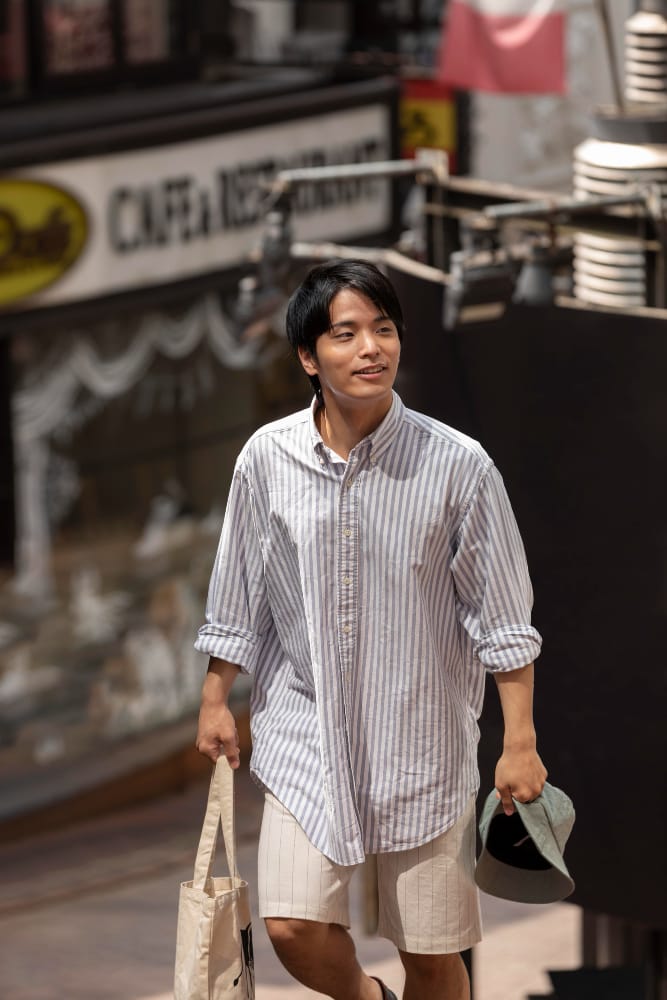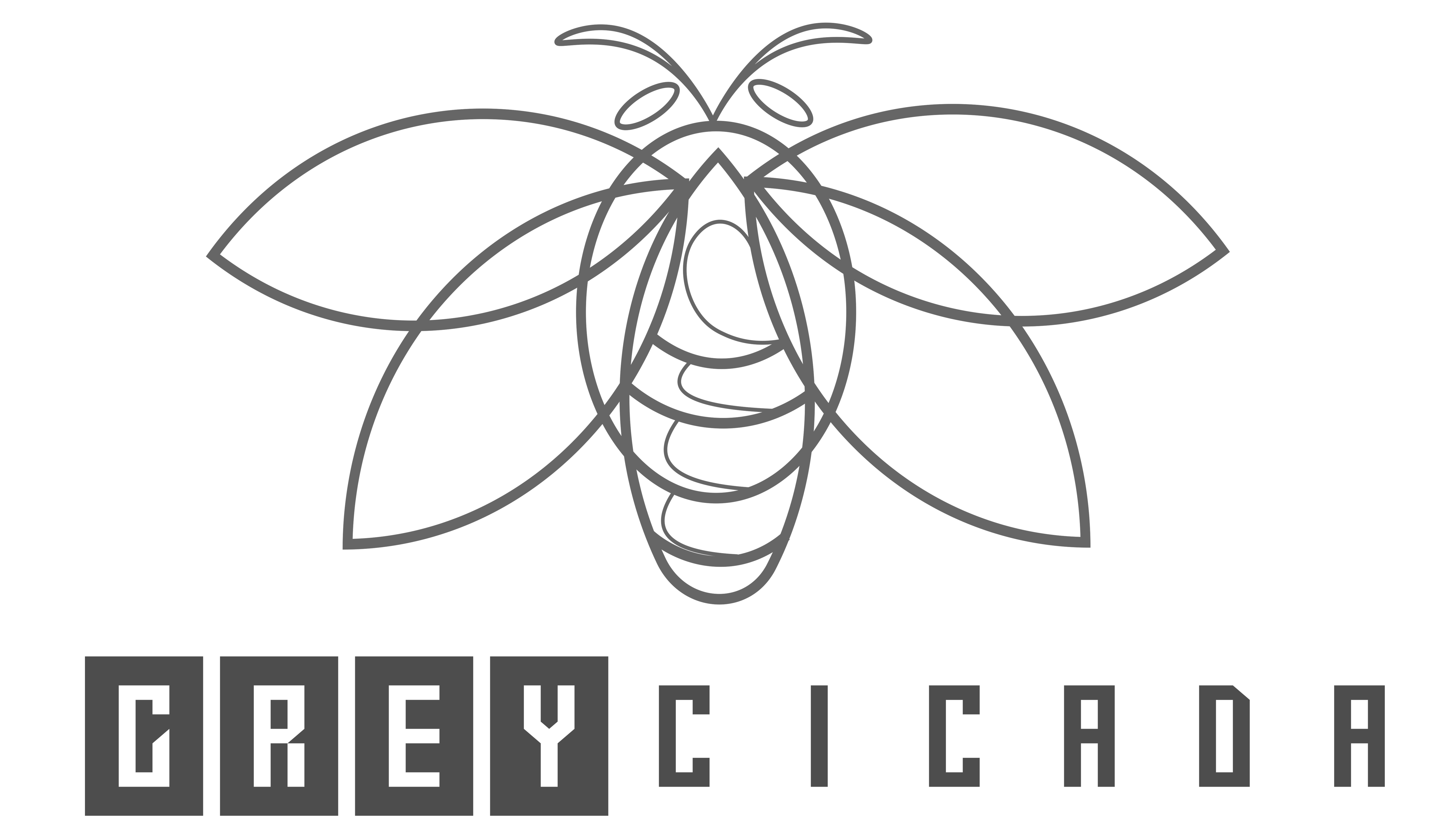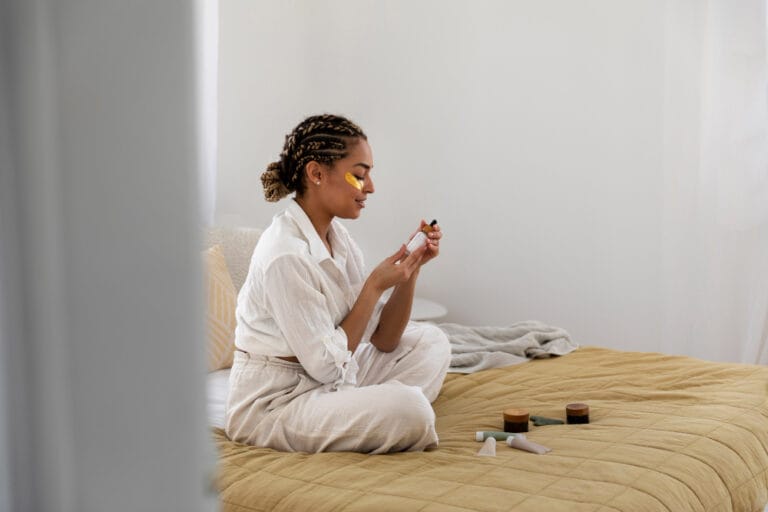FREE SHIPPING OVER $50
The Anti-Aging Habit Hidden in a Remote Village—Doctors Say It Rewinds Your Biological Clock

For years, we’ve searched for the mythical fountain of youth, spending fortunes on creams, supplements, and complex regimens. What if the real secret to longevity, the one that can genuinely help rewind your biological clock, isn’t found in a laboratory but is hidden in the quiet, daily rhythms of remote villages? Scientists studying these remarkable communities—often referred to as Blue Zones—have consistently identified a small collection of daily habits that grant people decades of additional healthspan, allowing them to live vigorously past the age of 100.
The good news is this anti-aging habit isn’t complicated; it requires no gym membership and costs nothing. It is, in fact, an effortless and powerful lifestyle practice that focuses less on what you do and more on what you stop doing. Doctors and longevity experts are now highlighting this one principle as the most potent cellular reset button we possess for healthy aging.
The Surprising Longevity Secret: It’s Not Just What You Eat
When we talk about long-lived populations, such as those found in Ikaria, Greece, or Okinawa, Japan, most people immediately assume the secret is the local diet. While a plant-slant diet is undeniably crucial, it’s only half the story. The way these centenarians eat, specifically their relationship with satiety, provides the most transformative anti-aging cue to the body’s internal systems. This is the longevity secret that is often overlooked.
The core habit that actively works to rewind your biological clock is the practice of intentional calorie restriction, typically achieved by stopping eating before they feel completely full.
In Okinawa, centenarians use an ancient Confucian mantra, Hara Hachi Bu, which means “eat until you are 80% full.” This isn’t a strict diet plan; it’s a daily awareness ritual. This simple habit, when practiced consistently, triggers deep, beneficial changes at the cellular level that profoundly influence the entire aging process. Experts now confirm that this strategy mimics the positive effects of intermittent fasting (IF) without the stress of rigid schedules or full-day fasts.
The Scientific Power of the 80% Rule
Why does eating until you are 80% full—a subtle form of daily calorie restriction—hold such immense power over your biological clock? The answer lies in the complex cellular pathways that govern aging, specifically a process called autophagy and the regulation of key hormones.
1. Autophagy: The Body’s Internal Housekeeping Crew
When you continuously overeat or snack throughout the day, your body exists in a constant state of energy storage. However, when you introduce a period of light restriction, like the Okinawan 80% rule, you allow your body to dip into a state of metabolic repair.
This is where autophagy—a Greek term meaning “self-eating”—kicks in. Autophagy is the body’s highly efficient cellular recycling program. When resources are slightly limited, cells initiate a massive clean-up, destroying damaged proteins, clearing out senescent cells (often called “zombie cells” because they cause inflammation), and repairing mitochondrial function. By giving your digestive system a break, you actively encourage this cellular renewal process. Autophagy is now widely recognized by longevity doctors as one of the most critical pathways for cellular repair and extending healthspan. The consistent practice of Hara Hachi Bu ensures this process is lightly stimulated daily.
2. Insulin Sensitivity and Metabolic Health
Chronic overconsumption of calories, especially from refined carbohydrates, keeps the hormone insulin perpetually high. High, sustained insulin levels accelerate aging, drive chronic inflammation (or “inflammaging”), and lead to conditions like Type 2 diabetes and cardiovascular disease.
By ending a meal when only 80% full, you naturally limit the glucose spike and allow insulin levels to drop more quickly. This simple act dramatically improves insulin sensitivity, a hallmark of youth and metabolic health. Centenarians in the Blue Zones rarely suffer from the metabolic diseases that plague modern society, proving the efficacy of this moderate approach to meal completion.
3. Reduced Oxidative Stress
The act of eating creates oxidative stress—it’s a natural byproduct of turning food into energy. By limiting the total volume of food and the duration of your eating period, you lower the overall burden of oxidative stress on your cells and DNA. This constant protection helps prevent the cumulative damage that accelerates signs of aging, both internally (organ function) and externally (skin quality).
Connecting the Village Secret to the Mediterranean Diet
While the principle of eating less is key, the quality of the food in these remote villages cannot be ignored. In many longevity hotspots, particularly the Mediterranean-based Blue Zones like Sardinia and Ikaria, the 80% rule is paired with a diet rich in anti-aging nutrients.
The traditional Mediterranean diet complements Hara Hachi Bu perfectly because its components are high in fiber and monounsaturated fats (from olive oil and nuts), which promote feelings of fullness and satisfaction with smaller portions.
Here is how the food choices reinforce the anti-aging habit:
- Extra Virgin Olive Oil: This is the primary fat source in Mediterranean Blue Zones. It is rich in monounsaturated fats and polyphenols, powerful antioxidants that fight cellular damage and reduce chronic inflammation. Studies show that regular olive oil consumption supports better vascular health, which is a key predictor of a longer life.
- Plant-Forward: Centenarians consume a diet that is 95% to 100% whole-food, plant-based, with beans and legumes forming the nutritional cornerstone. This high fiber and nutrient density allows a person to feel satisfied without high-calorie, nutrient-poor foods, making the 80% goal much easier to achieve naturally.
- Fish Over Red Meat: Protein sources are typically small, with fatty fish (rich in Omega-3s) prioritized over red meat. Omega-3 fatty acids are potent anti-inflammatory agents that protect the brain and heart, further slowing the biological aging process.
Consequently, when you combine the mindful Hara Hachi Bu practice with the nutrient-dense foundation of the Blue Zones diet, you create a powerful synergy that optimizes cellular repair and defense against age-related decline.
Making the Anti-Aging Habit Work for You
Adopting the village secret of the 80% rule is not about deprivation; it’s about intentionality and mindfulness. It is a powerful form of anti-aging accessible to everyone, regardless of your current routine.
To start practicing Hara Hachi Bu and unlock the cellular repair benefits:
- Slow Down Your Meal: Give your stomach and brain time to communicate. It takes about 20 minutes for your body to register that it’s full. Put your fork down between bites and sip water.
- Use Smaller Plates: Visually, a smaller plate appears full faster, tricking your brain into registering satiety earlier.
- Prioritize Fiber and Water: Start your meals with a salad or a vegetable-rich soup. These foods are high in fiber and water, making them filling on fewer calories, automatically helping you hit the 80% satiety mark.
- Finish Your Meal with Intention: Instead of eating until the plate is empty, consciously stop when the food still tastes good, and you feel comfortable, not stuffed. A good test is knowing you could eat a little more dessert, but choosing not to.
Conclusion
By integrating the daily habit of mindful restriction with the longevity blueprint of natural movement and social connection, you initiate a domino effect of positive cellular health changes. This is the simple, time-tested strategy that doctors confirm can help rewind your biological clock—a powerful lesson hidden in the humble routines of the world’s healthiest, longest-living people.
Related Articles
- Fitness Over 45? These 5 ‘Healthy’ Habits Are Secretly Sabotaging Your Muscle Gains
- Doctors Say Slow Walkers Age Faster—Follow These Exercises to Add Years to Your Life
- Doctors Are Stunned: These 15 Mobility Tricks Have Seniors Moving Like They’re 30 Again
- Is Alzheimer’s Actually Type 3 Diabetes? What Doctors and Researchers Are Now Saying
- 10 Exercises That Could Be Dangerous After 60—Most People Still Do #7



